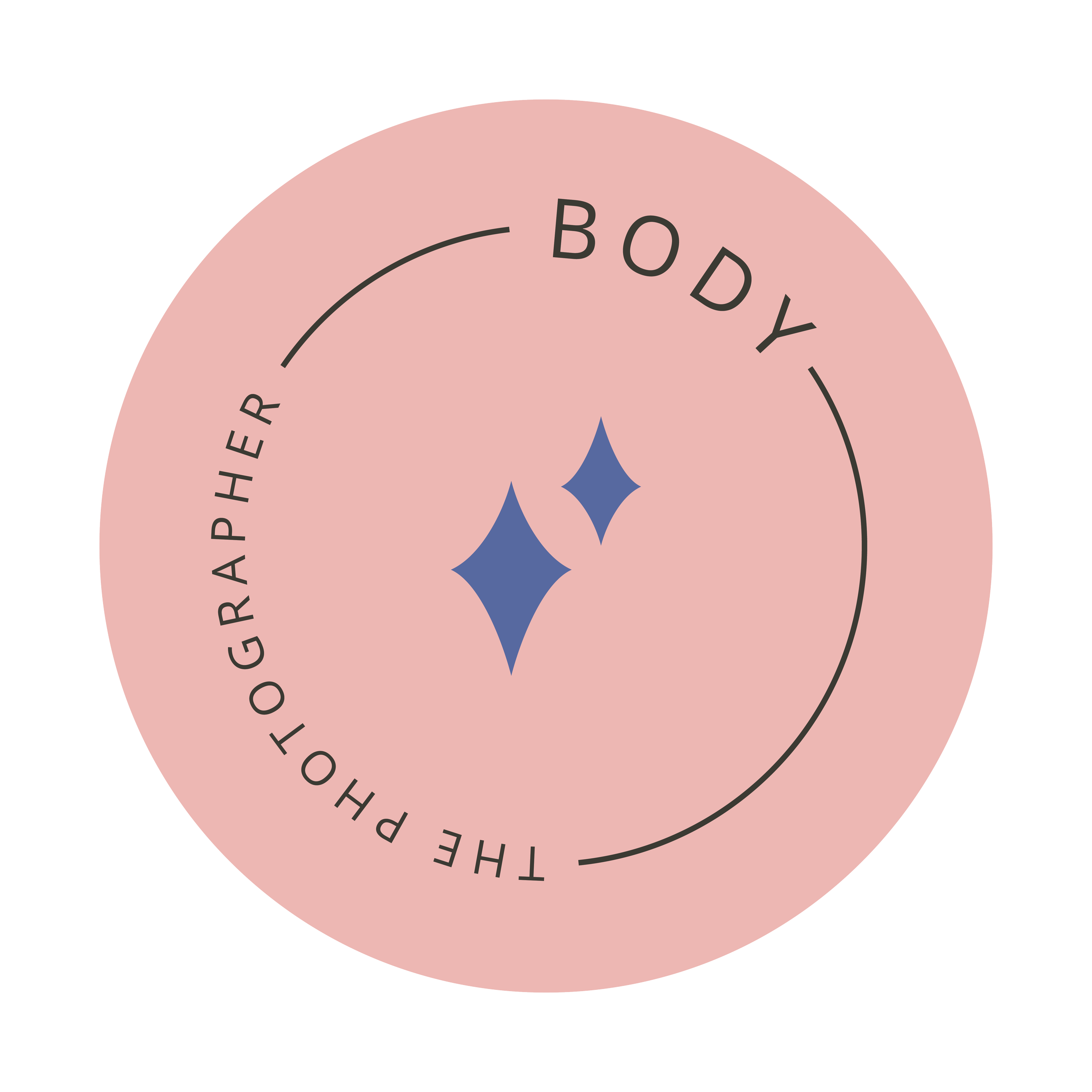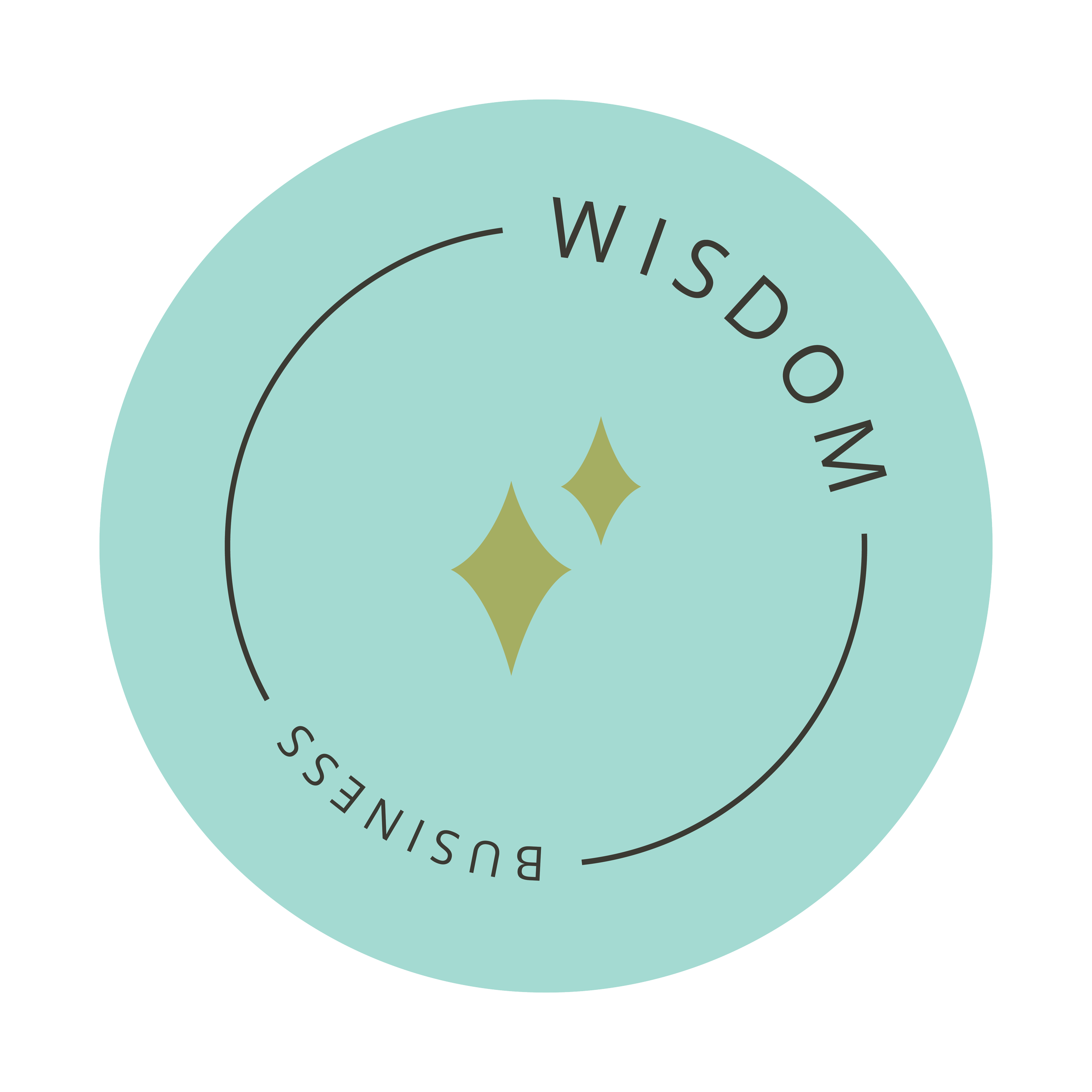3 reasons why you need an over-the-top photography package option
Image by: @kellysikkema
We’re often told in groups and forums that we should have three package options for purchase. Most of us understand the bigger picture reasoning: consumers like choice, three is a natural offering of choice that’s just right because it’s not overwhelming, and it makes sense that there is a budget, a value and a luxury option available to suit a variety of buyers.
But most don’t understand the dynamics of why this works and how best to craft it so that it works well. For this post, we’ll cover 3 reasons why you need a really big, over-the-top photography package option when it comes to photography pricing and why in fact it should be the first package your clients see.
When I say over the top, it needs to be significantly larger than your middle package. Why? Because it needs to insta-stand out. If pricing of your 3 packages is all in the same realm, it fails to clearly and instantly demonstrate any difference in choices for the consumer. If your budget package and your luxury option are within a few hundred, then the budget option probably isn’t a budget option at all, or the luxury option isn’t as luxurious as the word is supposed to mean. Let’s take this example:
Full service option: $795
Best value option: $685
Budget option: $535
The starting number of each package is clustered right in the middle of a scale between 1-10. I don’t truly believe in dead-zone pricing but if I were to entertain the concept, then this might represent well. The numbers don’t have a gap that’s notable but simply chronological: 5-6-7, and go up in a proportional scale that to a consumer might be perceived as each having very little difference in value for them. With such little variation in cost, how could the packages really be that different to motivate a buyer one way or another? It could cause someone to decide that the lowest package is good enough. It can also place the company’s reputation into question - creating the illusion of choice without true choice, that savvy consumers can see through. What other illusions might be waiting?
My top package is priced at approximately 75% higher than my middle. Not quite double because you don’t want it out so far out of the atmosphere that it feels inaccessible, but a significant budget stretch that gets them some desirable extras. This is not a set formula but it seems to work well. Let’s get in deeper on why this top package should exist.
3 reasons to have an over-the-top photography package options for your client
It triggers anchoring
Anchoring is a well-known psychological principle and it is very effective. The adage goes: if you want to sell a $1000 suit, place it next to the $3000 suit. Comparison is a very natural instinct when shopping and what you want is for a consumer to compare your packages rather than comparing one package of yours against someone else’s package. While I haven’t come across a specific value threshold in my research (yet), the anchoring effect may not be triggered if the values of comparison are too close together. It may also fade when the values are so far apart that the anchor bias doesn’t trigger because we fail to see the relationship.
If our suit was $1000 and another was $1200 then my guess is that anchoring bias wouldn’t solidly kick in. Instead of saying “wow, this $1000 suit is a great deal,” the consumer may instead believe that the products are almost identical and price varies based on the brand or manufacturer. Conversely if someone is looking at a $1000 suit and there is a $10,000 suit next to it, then a consumer may think they are incomparable and thus doesn’t gain context if $1000 is a good price or not.
While I can’t answer exactly what will trigger an optimized anchoring bias, the difference in price must be significant enough to sense how good a value the lower-priced item is, but no so far that the anchor item falls out of ability for comparison. If we’re looking at my example above, I don’t believe that a price of $795 will cause people to look at the $685 and think that the higher tier is way out of reach and so the lower item looks like a steal. To me, they would look equal or equally expensive, thus fading the effect that you want. If we used my formula of 75%, then the top package would be $1198. Do you think $685 looks like a great deal now?
Some shoppers want an over-the-top package
Often, the high-priced, over-the-top package is used as a decoy. This is sometimes when it looks so much more expensive that it could feel outrageous to someone. The effect of anchoring may fade as I theorized above, but the decoy overlooks an important point: there are clients who want the top end of everything.
There are buyers out there who look for, and want the best. It signals pride of spending and ownership, and reflects an identity of someone who doesn’t compromise on what they want and that’s top-of-the-line when it comes to certain things.
The decoy strategy also hints of being disingenuous. A decoy is a distraction without substance. But we are here to serve our clients, not to keep their eyes from seeing what’s behind the curtain so that you can perform a magic trick of leading them to a certain product. In certain cases or industries it may be an effective strategy, but in our industry, we want to give them more, because our “more” is more photographs that represent their legacy, their memories, their family history. Photography is very personal to them. Our top package should reflect a photographic dream package. For those who want it, it’s theirs. For others, it could be something to aspire to, but the middle package is a more reasonable choice relative to their financial means but still gives them access to the work they want.
It’s a powerful signal of your brand and business
You are in the market for a photographer for your own family. You go to a website where you see the prices listed as my example: $795, $685 and $535. Those clustered values aren’t really giving you a sense of value from one to the next. Maybe they all feel a little expensive for your taste to begin with.
You land on another photographer’s site and inquire about pricing. They send you their guide. Their premium package is listed at $1800, their best value at $995 and their budget option at $710. What is your instant gut feel?
Don’t put on your photographer hat; put on your consumer hat! This pricing tells me a few things:
Price is a signal of quality. This is another effective psychological principle that something expensive is of higher quality. In absence of any other clues, it taps into the perception that this is a premium service provider. So it can trigger the psychology of status - that using the services of a premium service provider elevates your identity (see the point above - some people want the highest package)
This photographer’s starting price for their budget option is almost as expensive as the “premium” price of the other website. This tells me that the photographer is confident in their business and their work. That they know what they’re doing and can stand behind it. This can also trigger status and desirability.
The difference of highest/ middle package triggers anchoring. One value is in the 4 figures, and the other in 3. There is enough of a divide, but not many thousands separating the two. The $1800 anchor does very well in making $995 sound like something you might be able to manage within your budget, to work with a photographer that’s at the level of offering an $1800 package.
There may also be a countering effect here of anchoring across service providers. Once you see $1800 and your eyes widen, and then you see $995 and your pulse slows back to normal, when you reference back to the other provider whose top package was $795, they may now look cheap to you. This can transition the anchoring bias into questioning why the other one is so cheap, and then confirmation bias kicks in - all of a sudden you see that their site may not be as beautiful and well-designed as the other photographer, or that their portfolio is smaller or more underwhelming.
The bottom line is that if both providers have what you may consider a reasonable package, the one that offers another very high-end option is building a perception of luxury and quality in your mind. If your budget was in the 700-900 range, and you could get a middle package from the $1800 photographer or the highest package from the $795, who would you go with? While you might start comparing the elements of each package, the guess is the $1800 one. When the spend is relatively equal, then why not have the status as well? Even if one promises 50 images and the other only 20, those 20 from that luxury vendor will be ah-mazing! Tagging that premium photographer is your feed on your photos can be a psychological thrill that we all want, no?
To summarize, having an over-the-top package helps consumers perceive your other packages as reasonable, without comparing you to others but to your own self - and you want to keep that prospect with you if they fit your ideal. It allows you to serve clients who want something big to get it, and it’s a win-win because you receive an amazing income and they receive an amazing set of products. Finally, it makes a statement about you as a photographer and your brand and business. Demonstrating confidence through a high-ticket option is a huge differentiating factor in a world of photographers even scared to ask for the price of a mini.
Linking the other pillars
That confidence factor! If you create a high-end, high-priced offer, it may make you scared, but it can also be the “fake it til you make it” confidence boost to be a provider of a high-end option. That feeling in your body, just like a kick-ass outfit that makes you feel great, will rub off positively on clients!
Once you understand the psychology at work, you can build out pricing that makes sense for your business. That high level package should be filled with value-added items like albums and prints that reflect your business model and brand.
Building on that body feeling that confidence gives, it translates to great energy. The energy of offering a high-ticket package, even if no one buys it, works to demonstrate your brand on a different level than cheap photographers. How to stand out in a saturated market? Be the brand that has premium options that the others are too scared to offer!
Allow your intuition, without toxic influence of mind, help you set the financial level of your premium package. When you crunch the numbers, it’s my experience that often, you will feel when they seem right. But be careful, I don’t mean walking away from your CODB number of 500 because 300 feels right to you - that’s influence of toxic mind. Rather, that the high number covers your expenses and gives you great margins without going into that outrageous territory and not selling yourself short.
Join the Facebook Group with over 6,000 like-minded members to chat with others on this topic, and more!






